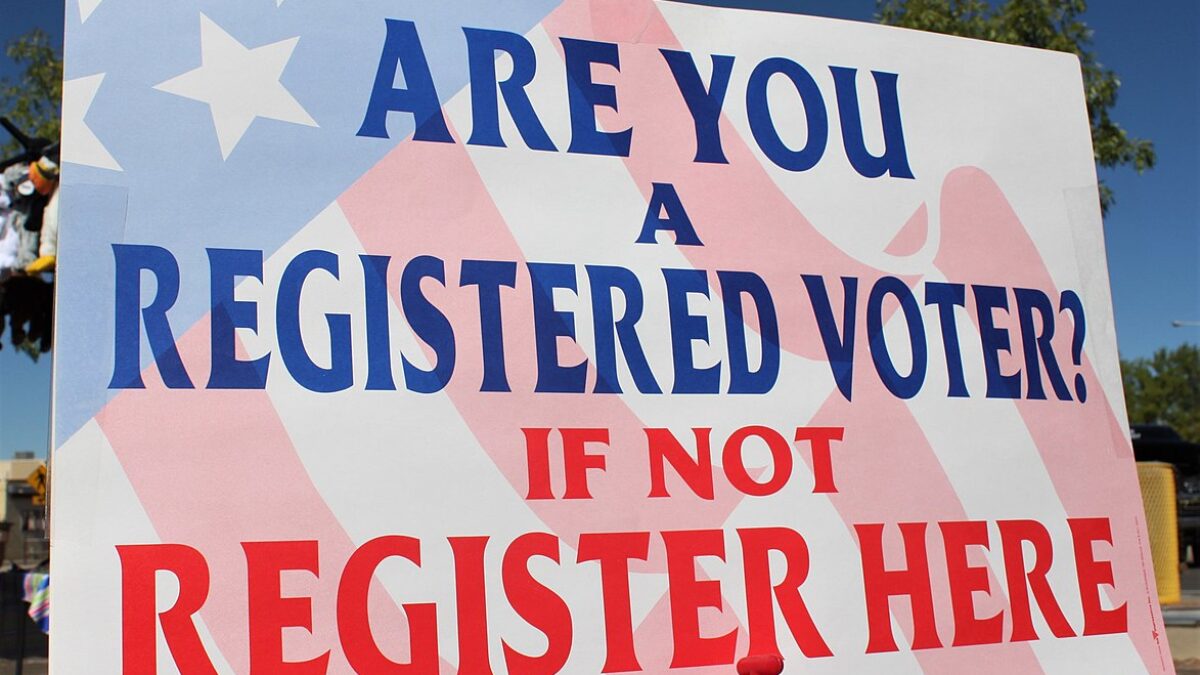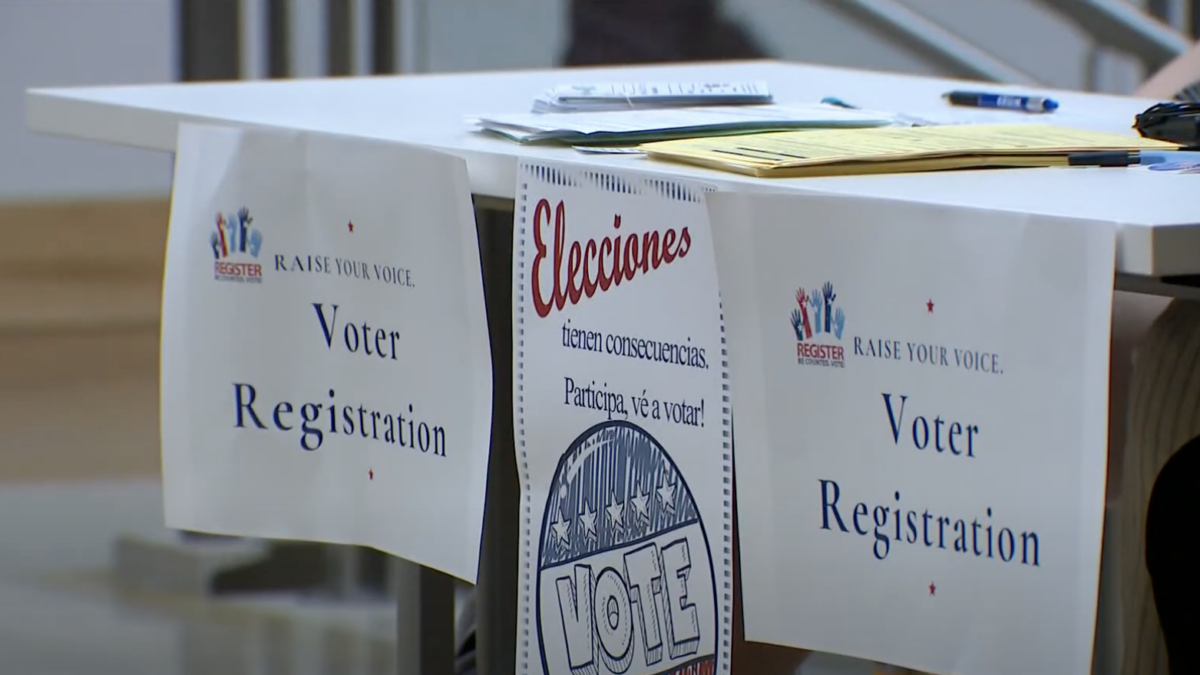While the media focuses on celebrity divorces, such as the recent multimillion-dollar divorce between Kim Kardashian and Kanye West, millions of poor and middle-class families suffer from a dysfunctional family court system. That includes the Missouri daughter who helps pay for her own child support so her mother won’t go to jail again. It includes a 2-year-old girl in Tulsa who was living with her father until the court sent him to jail for child support debt.
In the United States, nearly 24 million children grow up in single-parent families. One in three American kids grows up in a broken family, either without a mother or a father or with divorced parents who share physical custody. The problem is pervasive, especially among low-income families, yet receives little attention from politicians. Although the issues are complicated, a simple mathematical fix to one aspect of the situation would improve children’s lives.
Child support guidelines have serious logical design flaws that sometimes generate child support amounts that paradoxically “starve” rather than “feed” children. They often make it impossible for single parents to properly care for their children, forcing some parents into perpetual debt and incarceration.
We analyzed child support guidelines from 10 randomly selected states. All 10 guidelines have mathematical flaws that can generate absurd child support amounts. Here are five examples. All dollar amounts are annual.
Connecticut: A mother and father with two children have 50/50 equal time, shared parenting, and $30,000 and $42,000 in net income. Based on the state’s guidelines, the father should pay $12,103 in child support. Despite equal time with their children, the mother ends up with $42,103 and the father $29,897. The guidelines reverse the incomes of the two parents, increasing the difference between mom and dad; child support “starves” the children in one home to “feed” them in the other.
Mississippi: An every-other-weekend father has two daughters with two different mothers. The mother of the older daughter has $80,000 in net income, while the father and the other mother make $40,000 each. The higher-earning mother receives $5,600 in child support, while the lower-earning mother only receives $4,816. Child support “starves” the younger daughter to “feed” the older daughter, increasing the already large salary disparity between the two mothers.
Minnesota: A father makes $75,000, and the mother $25,000. Their two children spend 275 overnights with dad (75 percent) and 90 with mom (25 percent). With identical proportions, there might not be much need for child support in either direction, but the lower-income mother pays $4,490 to the father under Minnesota rules. With roughly 16 and 25 percent tax rates, the mother has $16,510 in disposable income, while the father has almost four times as much at $60,740. While the children are well provided when living with dad, they are poor on their days with mom.
Georgia: A never-married father has three children with three different mothers, a surprisingly common situation. The mothers have no other children. All four parents have a gross income of $26,000. All three children spend every other weekend plus some holidays and summer weeks with their father: in total, 92 days.
Under Georgia rules, the father pays $12,480 in total child support for his three children. With approximately 17 percent in taxes, each mother with 365-92=273 child-days has more than $25,000 in after-tax disposable income. The father with a total of 3×92=276 child-days has only $9,100. In such a situation, unable to feed himself and his children, many dads are tragically forced out of their kids’ lives.
Utah: A non-custodial father has two daughters with the same mother, while his neighbor is the non-custodial father of two sons with two different mothers. All five parents make $50,000. Without child support, the boys would be better off financially than the girls since the girls must share resources with a sister. Despite this, the boys’ dad pays $10,762 in child support, while the girls’ mom only receives $8,724.
All 10 guidelines evaluated had multiple serious issues of the types described above. It is a widespread and unrecognized problem across the United States.
While these are all constructed illustrative examples, the repercussions for children and families are all too real. In the United States, parents owe $113 billion in outstanding child support debt, with an inability to pay the unrealistic amounts a significant reason for delinquency. Illogically set child support payments cause one parent or another — and hence their children — into part-time or full-time poverty.
Such debt leads to parental depression, suicidal ideation, and alcohol abuse. If one parent — typically the dad — separates physically and emotionally from his kids, it harms children’s social and emotional well-being. Unable to pay, some parents lose their driver’s licenses, while others go to jail. In a national cohort of urban families, 14 percent of non-custodial fathers had been incarcerated for non-payment. Courts do not spare mothers and custodial parents from jail either.
In effect, states use mathematically flawed guidelines to set child support amounts that parents cannot pay. Then they jail parents when they cannot pay, removing them from the children who love and need them.
In a stark assessment, Vickie Turetsky, the former commissioner for the U.S. Office of Child Support Enforcement, stated, “Unrealistic child support policies and practices entangle poor African American men and their families in poverty and have become a destabilizing force. … Child support orders set beyond the ability of non-custodial parents to comply push them out of low-wage jobs, drown them in debt, hound them into the underground economy, and chase them out of their children’s lives.”
Middle-class parents may be able to avoid jail by spending their house equity, retirement savings, college funds, and business assets, but the illogical child support guidelines also harm them and their children.
What is the solution? By properly accounting for parenting time and half-siblings, it is not difficult to construct child support guidelines that avoid these logical flaws, as we have done in an article published by the National Bureau of Economic Research.
The problem with the guidelines is not that child support is too high or too low. It is sometimes too high and sometimes too low. For example, the Mississippi mother with less income needs more child support, while the wealthier mother receives too much. Fix the formula and you fix the problem.
How did these strange child support guidelines ever come about? Family court lawyers largely decided them. While there are many good reasons to become an attorney, we do not know anyone who entered law school because of an enthusiasm for mathematics. Governors who use the simple mathematical formulas we developed to reform their state’s child support guidelines will reap the rewards due to leaders who improve children’s lives.
Children need good schools, a healthy social life, and, most importantly, a loving, caring relationship with both their mother and father. Many children of divorce lack the latter, and mathematically flawed child support guidelines are a major culprit.









